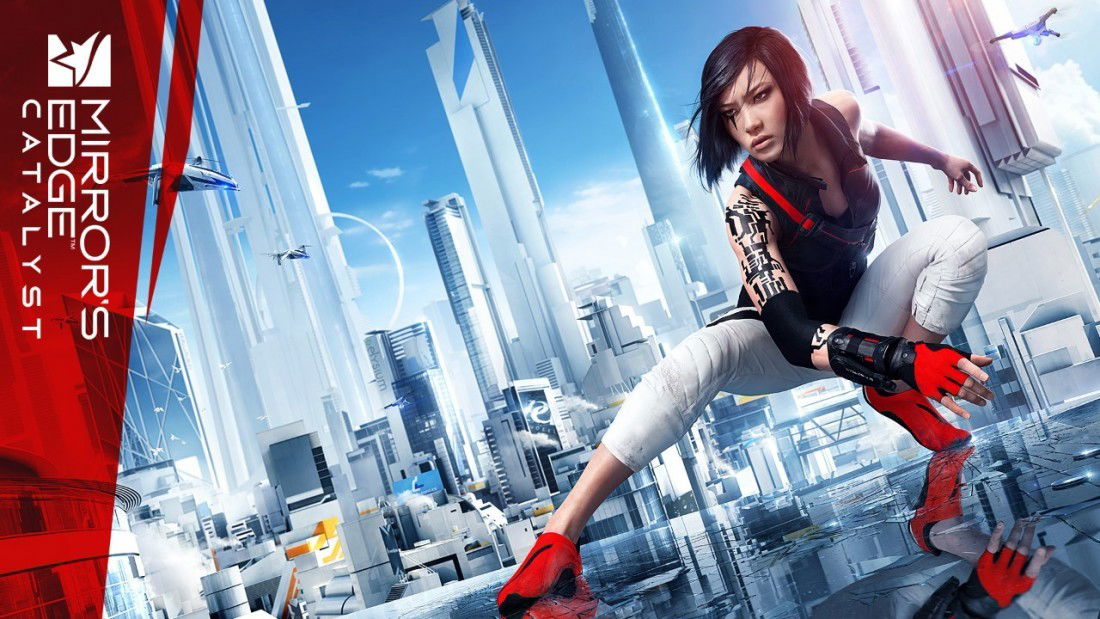Mirror’s Edge: Catalyst – A Disappointing Sequel to a Classic
Introduction to Mirror’s Edge: Catalyst
Released on June 7, 2016, Mirror’s Edge: Catalyst aimed to build upon the legacy of its predecessor, the groundbreaking Mirror’s Edge from 2008. Developed by DICE and published by EA for platforms like PlayStation 4, Xbox One, and Microsoft Windows, this title promised an immersive parkour experience in a beautifully crafted open world. However, did it live up to the high expectations set by its iconic predecessor?
The Legacy of the Original Game
A Revolutionary Experience
The original Mirror’s Edge was celebrated for introducing players to a unique first-person parkour mechanic that felt fresh and exhilarating. It redefined how players interacted with their environment in video games—offering clean visuals and fast-paced gameplay that made every jump feel like an adrenaline rush. For many gamers—including myself—it became a defining moment in gaming history.
Memorable Moments
I fondly recall spending New Year’s Eve engrossed in time trials with friends—a night filled with laughter and competition that solidified my love for this game. It was not just about playing; it was about creating unforgettable memories.
The Anticipation for Catalyst
High Hopes Before Release
When news of Mirror’s Edge: Catalyst broke out, excitement surged through the gaming community. DICE had returned after overcoming production hurdles, showcasing gameplay that appeared innovative yet familiar enough to evoke nostalgia.
Initial Impressions
However, within minutes of starting my journey as Faith Connors once again—now depicted as an origin story—I felt disheartened. While I had hoped for another masterpiece akin to its predecessor, what I encountered left much to be desired.
Exploring the Open World Concept
An Unnecessary Origin Story
In Catalyst, we follow Faith Connors post-juvenile detention as she battles against Kruger Sec in the City of Glass—a stunning yet flawed open-world environment reminiscent of dystopian aesthetics seen before but lacking depth.
The Flaw in Open World Design
While many modern games thrive on open-world mechanics—like Grand Theft Auto or Fallout—the success lies in how well gameplay complements exploration. Unfortunately, Catalyst struggles here; removing linearity stripped away what made parkour so engaging—the predictability and flow essential for executing moves seamlessly.
Gameplay Mechanics That Fall Short
Parkour Challenges
The beauty of parkour is rooted in anticipation; however, navigating through an expansive map without clear guidance often leads to frustration rather than exhilaration. Jumps become unpredictable due to erratic level design where distances can mislead even seasoned players into plummeting unexpectedly.
Combat Mechanics Lacking Depth
Combat feels rudimentary at best—turning enemies into mere crash dummies rather than formidable opponents adds little value beyond basic interactions that detract from core gameplay elements established previously.
Narrative Elements That Missed Their Mark
Despite attempts at storytelling within this sequel—the character arcs feel muddled while dialogue often distracts rather than enhances immersion into Faith’s journey through her chaotic world filled with redundant characters offering little substance during critical moments.
Visuals and Soundtrack – A Mixed Bag
While visually appealing—with breathtaking views high above City of Glass—the overall aesthetic does not significantly improve upon what was already established years prior. Additionally, while some tracks resonate well during intense moments—the absence of iconic themes like “Still Alive” leaves fans yearning for more emotional connection through music which played such a pivotal role previously.
Conclusion – An Admired Yet Flawed Attempt
Ultimately speaking candidly about Mirror’s Edge: Catalyst, it stands as somewhat disappointing compared against its illustrious predecessor—a game striving too hard towards reinvention without capturing magic found within linearity present before hand-in-hand with missed opportunities across various aspects including narrative coherence & combat fluidity alike!
As I reflect back on my experiences playing both titles—I remain hopeful DICE will one day deliver us another installment worthy enough reclaiming lost glory whilst embracing everything we loved about our initial leap into Faith Connors’ world!
